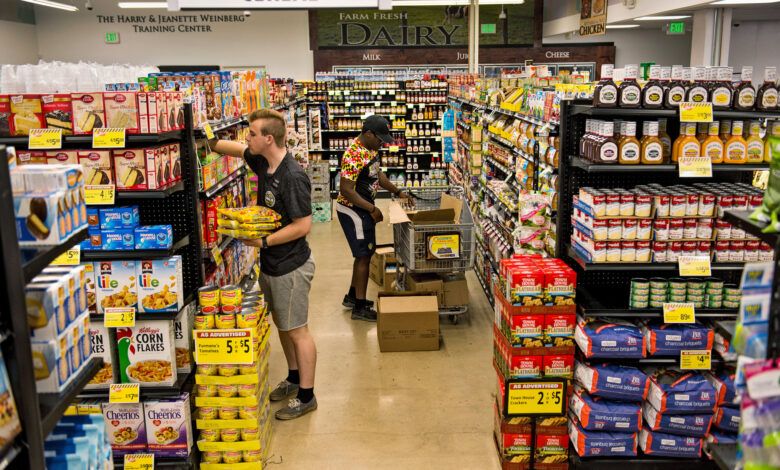How to Navigate to the Closest Grocery Store Near You?

Are you tired of driving around aimlessly, trying to find the nearest grocery store? Do you often end up at a different location than the one you intended? Well, fear not! In this blog post, we will guide you through the process of navigating to the closest grocery store near you. Say goodbye to frustration and hello to convenience with our helpful tips and tricks. So grab your keys, buckle up, and let’s get started on our quest for groceries!
What is a grocery store?
A grocery store is a convenient place to buy groceries, and it can be a great option for those with limited time or transportation. A grocery store typically contains a variety of foods and items, and it can be helpful to know which one is the closest to you.
To find the closest grocery store, use Google Maps or another mapping application. Enter your location, and the app will display an overview of nearby stores. You can also search by category, such as groceries or alcohol. Once you have found the store you want, enter its address into Google Maps or the mapping application.
Types of grocery stores
There are a few different types of grocery stores that you can visit to get your groceries.
Small, local markets: These stores are often run by a single business or family and can be found in rural areas or small towns. They usually carry less variety but are more affordable, and they’re a great place to buy fresh fruits and vegetables.
Supermarkets: A supermarket is the most common type of grocery store, and they offer a wide variety of products at high prices. Supermarkets can be found in almost every town and city in the United States, but they’re not always the best option for food safety reasons.
Grocery chain stores: Grocery chain stores are similar to supermarkets except that they’re typically smaller and have fewer selections. They’re also often more expensive than local markets, but they may have better food safety standards.
How to find the closest grocery store to you
If you’re looking to pick up groceries, there are a few things you need to know. First, figure out where you are located. Next, find your county’s map. This will help you see the layout of roads and stores. Once you have that information, it’s time to start pinpointing your store location. The first step is to find your zip code. You can do this by looking on Google Maps or by searching for “zip code lookup.” If you don’t have your zip code, try using the “find a store” feature on Amazon’s website to locate a store near your current location. Once you have your zip code, use this information to look up the grocery store in that area.
What to buy at the grocery store
If you’re like most people, you probably reach for the same things when you go to the grocery store. But there are plenty of options out there if you’re looking to switch it up a bit. Here are some tips on what to buy at the grocery store:
-Produce: If you’re looking for fresh produce, try buying items that are in season. This will save you a lot of money.
-Bakery Items: When it comes to bakery items, try to find those that are made with whole grains. These items will provide more fiber and nutrients than their processed counterparts.
-Canned Goods: If you have a pantry full of canned goods, consider rotating them out every so often. Canned goods are usually cheaper than canned snacks, and they last longer too.
-Frozen Foods: Frozen foods can be a great way to have meals on the go cheaply. Just make sure that you get quality frozen foods that aren’t loaded with sugar or unhealthy chemicals.
How to save money at the grocery store
grocery store navigation can be tricky, but with a bit of know-how, you can save money and eat healthy.
To start your grocery store navigation, first determine which type of store you’re visiting: big box, drugstore, or specialty store. Next, use these tips to make sure you buy the right items:
If you’re at a big box store, stick to staples like bread and milk. Drugstores have a wider variety of items and are more likely to carry specialty foods like organic produce. Specialty stores may have higher prices, but they also offer more unique products.
If you’re at a small town grocery store that doesn’t carry many types of food, try checking out the freezer section for frozen meals or the deli counter for pre-made sandwiches and salads. If you’re in a large city, there are probably several supermarkets close by so it’s best to just wander around and take advantage of their deals.
And finally, don’t forget to bring your own shopping bags! This will help cut down on plastic waste andsave you money in the long run.



